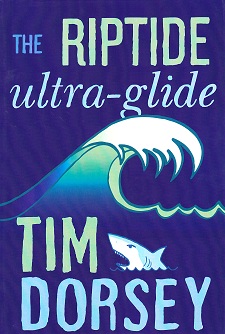 Until he revealed his true identity in 2011, K.C. Constantine was something of an enigma to the publishing world. But whether under his own name—Carl Kosak—or a pseudonym, the Mario Balzic mysteries have won a legion of fans.
Until he revealed his true identity in 2011, K.C. Constantine was something of an enigma to the publishing world. But whether under his own name—Carl Kosak—or a pseudonym, the Mario Balzic mysteries have won a legion of fans.
One of the biggest challenges in writing mystery fiction is to take the form to the next level, to somehow transform a style happily associated with airport page-turners into literature. Raymond Chandler wrote and re-wrote The Long Goodbye and never quite managed the trick. Most writers never even try.
Which does not mean that it’s not worth trying. Chandler’s novels are none the worse because they’re wonderful fiction instead of literature, while James Lee Burke has enjoyed a successful career by pushing the Dave Robicheaux novels smack up against the boundary. The less well-known, although no less talented, James Sallis has come equally close with Lew Griffin.
Yet no one, including Chandler, Dashiell Hammett, and Ross Macdonald, has approached the divide in quite the way that K.C. Constantine has over the past 17 novels and 30 years. In fact, the pseudonymous Constantine, in his chronicles of the not-so-fictional town of Rocksburg, Pennsylvania, may have come closer than anyone else ever has before.
In the first book, The Rocksburg Railroad Murders (1972), the hero is police Chief Mario Balzic, and the plot is mostly an Ed McBain–style police procedural. By No. 17, last summer’s Saving Room for Dessert, there is little sign of a proper puzzle (and hasn’t been for years) and the most important characters are mostly new. The only constant is Rocksburg—worn-out, played-out Rocksburg, the buckle on the Rust Belt.
It is against this backdrop that Constantine has chronicled three decades of American history, and, in the process, taken the detective novel into mostly uncharted territory.
For all of the mystery surrounding his pseudonym, there are ample details about K.C. Constantine’s writing life. He even does interviews, provided they’re by email. Constantine is an ex-Marine, ex–baseball player, and ex-newspaperman (though he calls himself a proofreader, and notes he was fired in 1993) who wrote the first Rocksburg novel after no one wanted to publish his literary fiction. He grew up in western Pennsylvania, attended the prestigious Iowa Writer’s Workshop, and watched, firsthand, as the United States changed from a manufacturing to a service economy. Most importantly, as he watched, he took notes.
Rocksburg’s decline is the story of this country’s transformation from a high-wage, unionized, industrial economy to a low-wage, shipping-jobs-overseas service economy. The townspeople, mostly the children and grandchildren of Italian and Eastern European immigrants who worked in mines, mills, and factories that no longer exist, watch what happens in a daze, vaguely aware of what’s happening but not rich enough or educated enough or confident enough to know if there is anything they can do about it. When they finally do act, Constantine’s cops (mostly Balzic, but also detective Rugs Carlucci) are all too often called into service.
This social, cultural, and economic change is the focus of every Rocksburg novel, regardless of the main characters or the nominal plot (and some of the plots are pretty nominal). In Rocksburg Railroad Murders, there are hints of what is to come, with asides about Nixon and Agnew and the murder of perhaps the last man in town who still takes the train. By Cranks and Shadows (1995), the city is broke, crushed by 12 years of supply-side economics that have turned the downtown into a puzzle of empty buildings and left its residents so poor that no supermarket chain has a store in the town. In Saving Room for Dessert, Rocksburg has evolved into a postmodern American city, deserted by the educated and the middle class, where the inhabitants live on unemployment, public assistance, and Social Security.
In this, Constantine is political in a way that few other American writers, save Chester Himes (and, in his own bizarre way, Mickey Spillane), have ever been. Chandler and Hammett were cynical, but neither much pursued the point past describing society’s corruption. Constantine does pursue it, and in no uncertain terms. Big business, in league with corrupt and compliant politicians of all persuasions, has destroyed Rocksburg—and Rocksburg is nothing but a metaphor for the post–World War II prosperity that allowed even blue-collar families to live in comfortable homes, send their children to college, and look forward to retirement. In Rocksburg, as in so many other towns and cities, that prosperity has vanished in the trinity of shuttered factories, looted pension plans, and government privatization.
There’s a terrific scene in the Carlucci-led Grievance (2000), in which one of the characters tries to explain the difference between Medicare and Medicaid to Rugs and a state trooper. The trooper, who is one of those cops who doesn’t understand why most people don’t like cops, tries to brush the old man off. Fine, says the old man, you say you don’t care now. But one day, and sooner than you think, you’ll need to know the difference, because you’ll be filling out the forms. The trooper still doesn’t understand (and never will), but the reader can almost see Rugs’ eyes widen in comprehension.
But do not think that because Constantine is political—and often polemical—that he can’t write. He can, with a style and assurance that is rare in fiction, let alone genre fiction. The critic Julian Symons has written that Chandler is read “first of all for the writing” and that description applies to Constantine as well. There are no awkward sentences, no slick, movie-script winks and nods, no characters who disappear as soon as the page is turned.
The dialogue, meanwhile, reads like a transcript, down to the pauses in each sentence, the four-letter words, and the local slang (“You tryin’ to crush my onions?”). Constantine understands not just that dialogue is important; he understands why dialogue is important, and he understands how to use dialogue to flesh out characters. There are few, if any, physical descriptions of Balzic in the books. Instead, Constantine lets Balzic describe himself through his language.
This, to paraphrase Chandler, is writing done by someone who has a reason for doing it. Consider Blood Mud (1999), featuring Balzic:
“He loved that phrase: ‘…if certain symptoms appeared.’ Yeah, right. Like you were walking from the bedroom to the kitchen and all of a sudden who should appear but Mister Shortness of Breath? Who was running from Mister Buzzing in the Throat, who was accompanied by his pistoleros, Mister Burning in the Esophagus, Mister Tingling and Numbness in the Extremities, and the goombah, Mister Crushing Sensation in the Chesteroonie.”
 The characters, even the minor ones, are skillfully written. Vinnie the bartender is so well drawn he's spooky, and Muscotti’s, the bar where he works and Balzic drinks, may be the best written joint in the history of detective fiction. Mo Valcanas, the lawyer who defends many of the people caught in Constantine’s contradictions, drinks too much, lusts too much, and complains too much, though his reasons make perfect sense. The list goes on—Iron City Steve, the itinerant alcoholic who serves as a Greek chorus; Father Marrazo, the poker-playing priest; Sal Bruno, who runs a local funeral home; Mrs. Comito and Mrs. Viola, the neighbor ladies who watch Carlucci’s mother during the day.
The characters, even the minor ones, are skillfully written. Vinnie the bartender is so well drawn he's spooky, and Muscotti’s, the bar where he works and Balzic drinks, may be the best written joint in the history of detective fiction. Mo Valcanas, the lawyer who defends many of the people caught in Constantine’s contradictions, drinks too much, lusts too much, and complains too much, though his reasons make perfect sense. The list goes on—Iron City Steve, the itinerant alcoholic who serves as a Greek chorus; Father Marrazo, the poker-playing priest; Sal Bruno, who runs a local funeral home; Mrs. Comito and Mrs. Viola, the neighbor ladies who watch Carlucci’s mother during the day.
That the leading characters stand out even more is a further testament to Constantine’s skill. Balzic is the kind of man everyone of the so-called Greatest Generation wishes they could be—tough and compassionate, yet self-aware enough to know when his pride and stubbornness and prejudices get in the way. Carlucci, of the Vietnam generation, lacks Balzic’s self-assurance, but makes up for it with an attention to detail and to doing the right thing that is almost obsessive. Carlucci’s aging, paranoid (even vicious) mother drives readers, as she drives her son, to both anger and pity.
Yet, as well-defined as those characters are, the two most impressive may be Balzic’s wife and his mother. Ruth Balzic is a cop’s wife who understands there are things about being a cop’s wife she doesn’t understand. That she doesn’t hold this knowledge against Mario, which would be the easiest thing for character and author to do, is the first indication of her depth. Marie Balzic, Mario’s mother, dies midway through the series, yet her presence is felt even in the books that come afterward. How many other authors can do that?
The obvious comparison, of course, is to William Faulkner, and Rocksburg to Yoknapatawpha County. But Faulkner wrote about a South that had already changed, while Constantine’s Rocksburg is still evolving. Constantine himself points to Flannery O’Connor as an influence, especially in her use of language and in the way she uses the vernacular to present complicated ideas. (Though he is quick to point out he doesn’t share her enthusiasm for religion or redemption.)
There may even be traces of William Kennedy’s Albany cycle, which includes the Pulitzer Prize–winning Ironweed. Again, though, Kennedy focuses on the past, while his characters struggle to find some kind of redemption, no matter how slight and no matter how unattainable it seems. Ironweed even has a reasonably happy ending. There are no happy endings in Rocksburg, and not even much in the way of endings—only moments in between.
At the conclusion of Joey’s Case (1988), a woman wants Balzic to arrest her son as part of a convoluted family dispute. You’re the cops, she cries, I want justice. Says Balzic: “Where the hell do people get this crap from?”
It’s the question Constantine has been asking for more than 30 years.
A ROCKSBURG READER
Not all of K.C. Constantine’s Rocksburg books are in print (a fact he takes remarkably well). But even the out-of-print ones aren’t too difficult to find in used bookstores and online, and all are well worth reading. The basics include:
Joey's Case (1988)
Constantine may not be interested in redemption, but he is interested in the value of human life. Balzic investigates a murder in which the dead man, a local thug, did everyone a favor by getting himself killed, which is why no one seems to care whether anyone is punished for the crime.
 Sunshine Enemies (1990)
Sunshine Enemies (1990)
The puzzle revolves around a murder in a porn shop’s parking lot, but the novel is mostly about family and the inevitable changes that families face. One scene, in which a distraught mother confronts Balzic at the most inopportune time imaginable, is something other writers only dream of doing.
Good Sons (1996)
The first Carlucci book, worth reading if only for the relationship between Rugs and his mother. Ostensibly it’s about a brutal rape and murder, but there are so many layers and levels to the story that those are almost secondary.
Blood Mud (1999)
Balzic has a heart attack, Constantine has a little fun with the private-eye novel, and the crime—a gun shop break-in—gives the author a chance to assess the insurance and newspaper businesses, the Mob as antihero, the war against drugs, and, again, the value of each human life.
Jeff Siegel, who lives in Dallas, is the author of The American Detective: An Illustrated History.
This article first appeared in Mystery Scene Fall Issue #81.

 There and back again
There and back again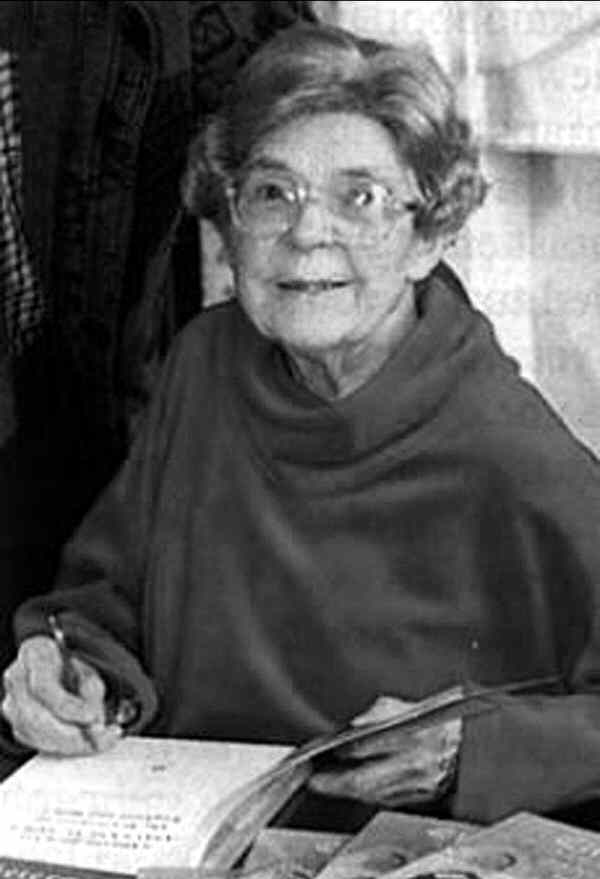 “She saw the Welsh as more romantic than the English,” says Margaret Lewis, author of the critical biography Edith Pargeter: Ellis Peters (revised edition, 2003). “The contrast between the English and Welsh ways of life was a theme consciously addressed in many of the book and she explored the notion of very different social and legal systems existing so close to each other. For example, in The Holy Thief she refers to the little-known fact that the Normans condoned slavery—but the Welsh did not.”
“She saw the Welsh as more romantic than the English,” says Margaret Lewis, author of the critical biography Edith Pargeter: Ellis Peters (revised edition, 2003). “The contrast between the English and Welsh ways of life was a theme consciously addressed in many of the book and she explored the notion of very different social and legal systems existing so close to each other. For example, in The Holy Thief she refers to the little-known fact that the Normans condoned slavery—but the Welsh did not.”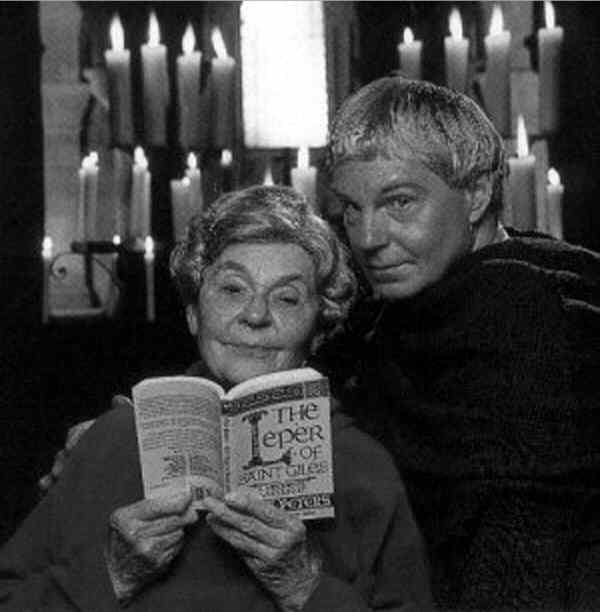
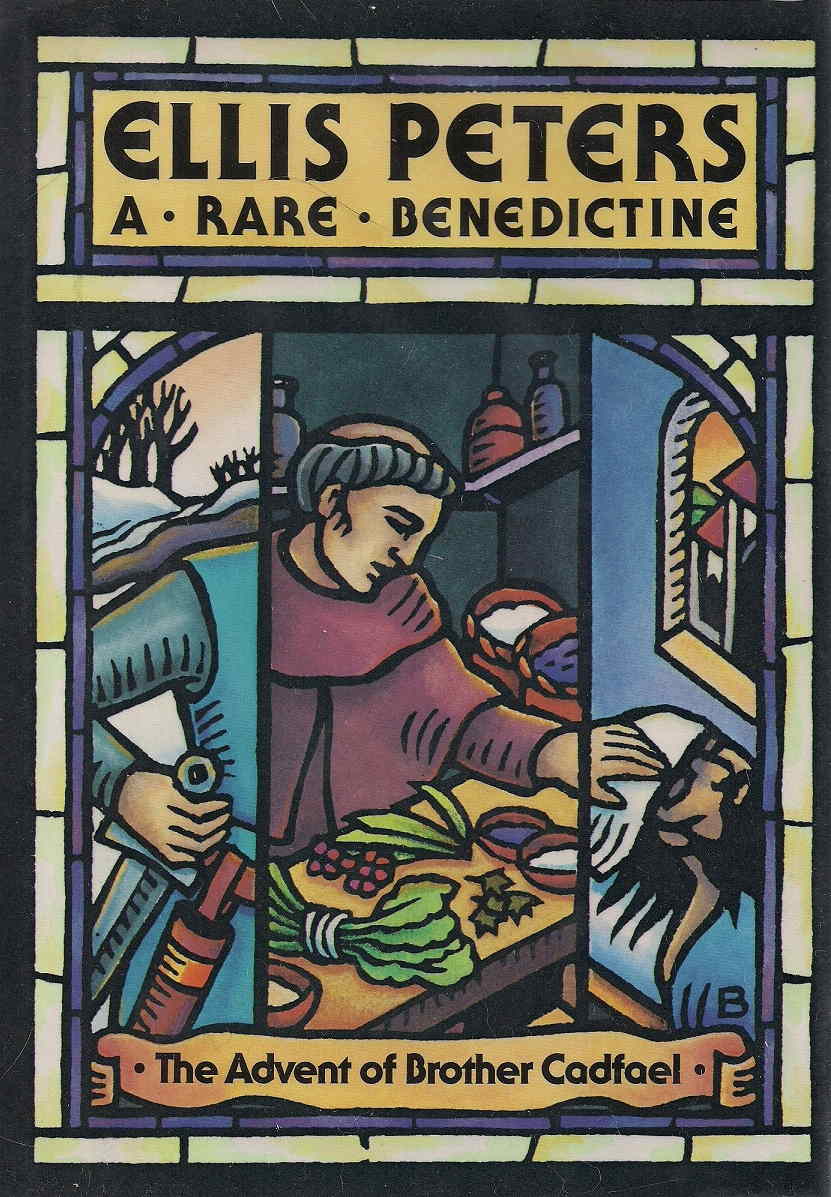 The Chronicles of Brother Cadfael
The Chronicles of Brother Cadfael 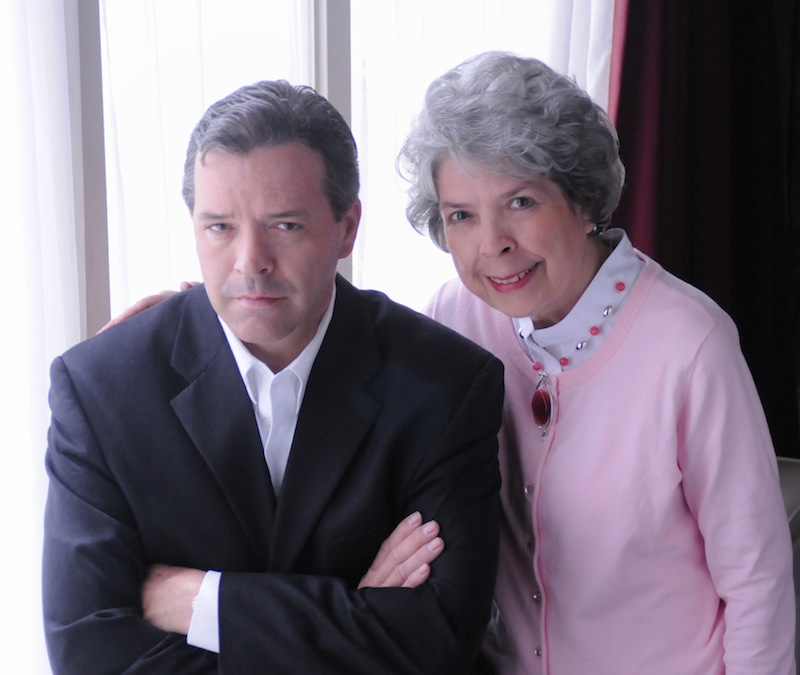 On writing together
On writing together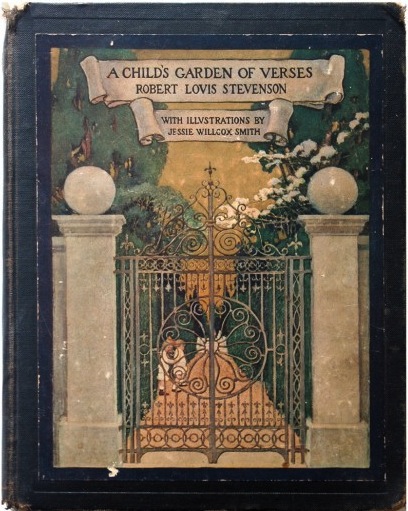 On reading together
On reading together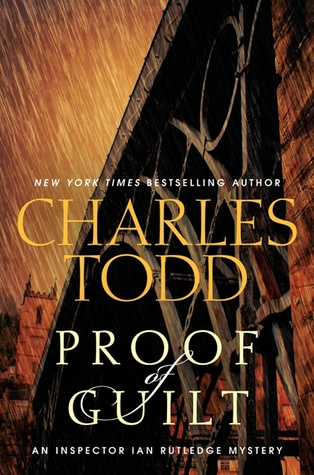 Inspector Ian Rutledge series
Inspector Ian Rutledge series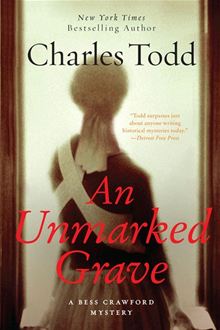
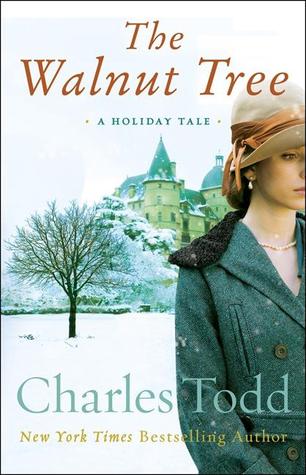
 On writing together
On writing together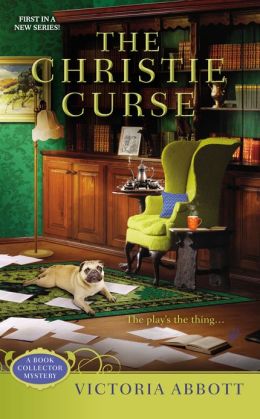
 On writing together
On writing together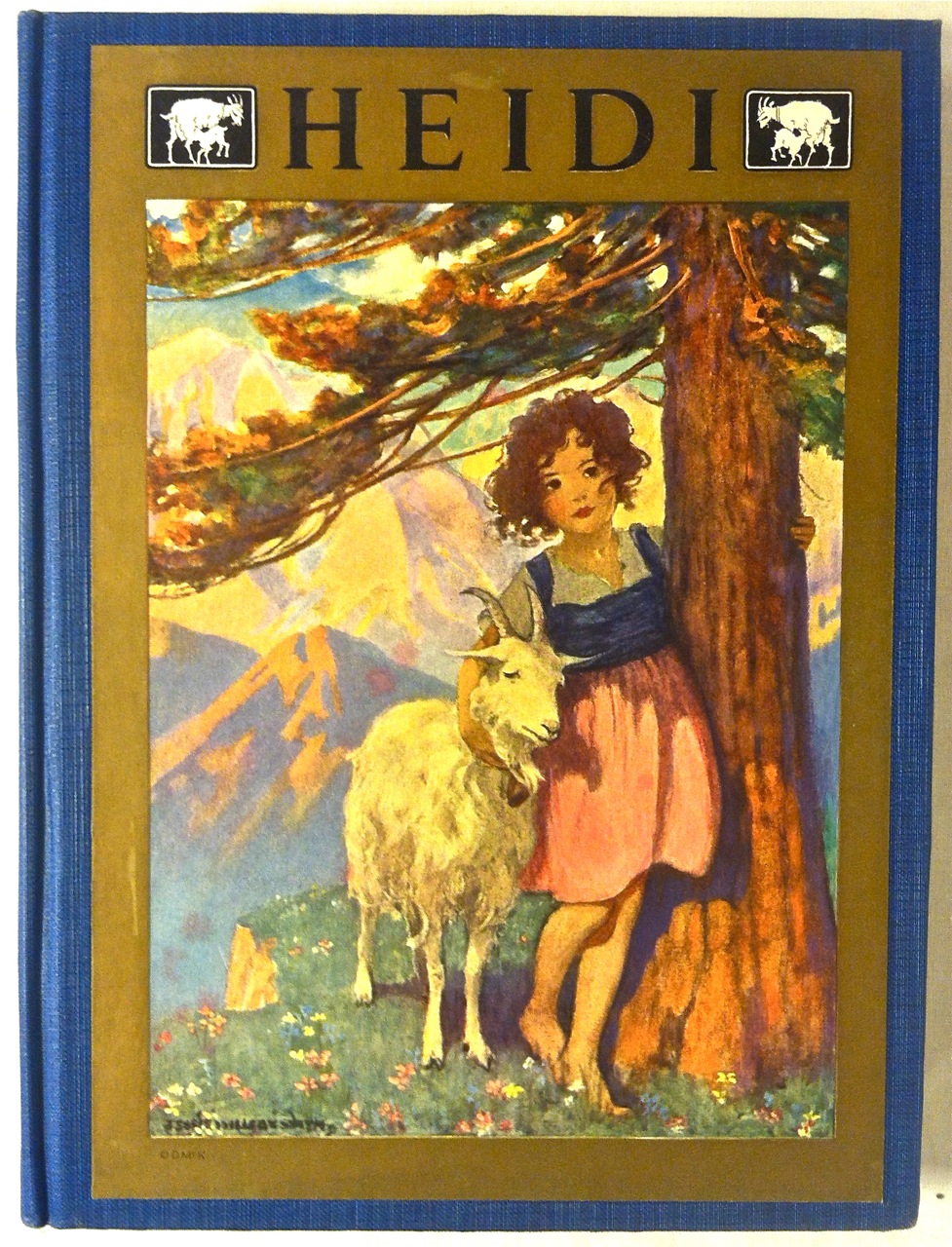 On reading together
On reading together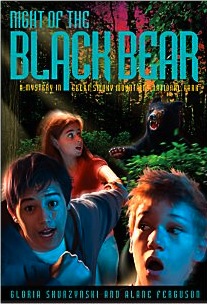 Wolf Stalker (1997)
Wolf Stalker (1997)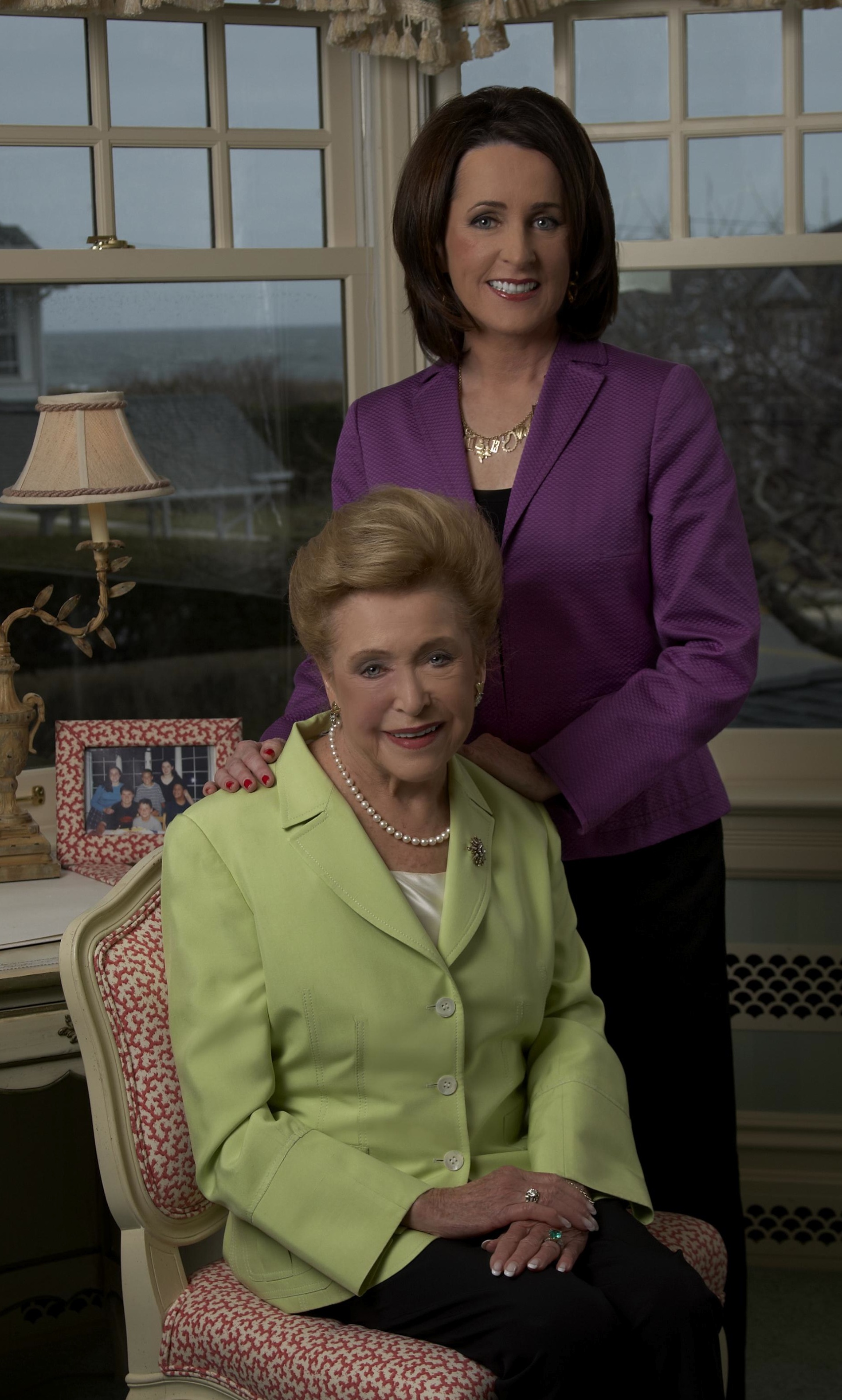 On writing together
On writing together 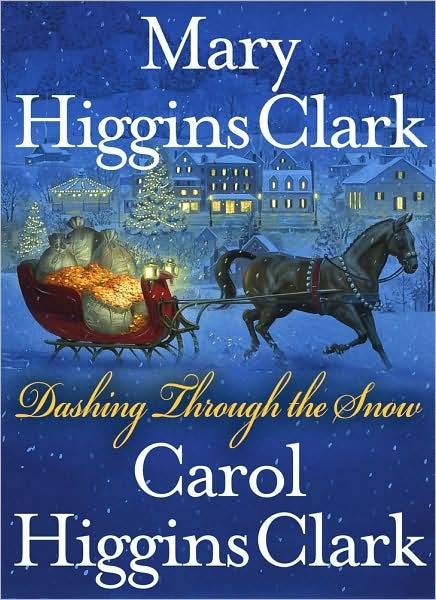 Deck the Halls (2000)
Deck the Halls (2000)

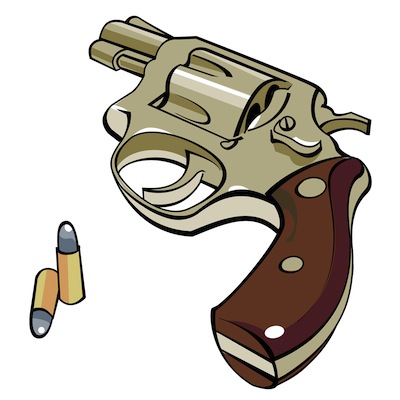

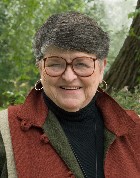


 Those novels include Till Death Do Us Bark by Judi McCoy, The Cat, the Wife and the Weapon by
Those novels include Till Death Do Us Bark by Judi McCoy, The Cat, the Wife and the Weapon by 

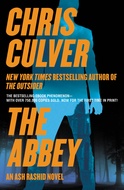
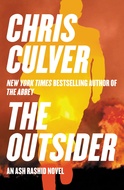 In THE OUTSIDER, Ash Rashid stands alone. A 12-year veteran of the Indianapolis Metropolitan Police Department and one of the few Muslim-Americans on the force, he’s unafraid of bending the rules in the pursuit of justice. But now Ash wants out. He’s finished law school and is aiming to become a prosecutor. The last thing he wants is to become embroiled in a new homicide investigation. That changes when he hears that the mother of one of his daughter’s friends was murdered in front of her home—a crime that members of his department would seemingly rather ignore than investigate. Ash launches an inquiry and quickly becomes entangled in a case involving a dangerous mix of election-year politics, crime, and street justice. And what he finds may have repercussions for the entire city….
In THE OUTSIDER, Ash Rashid stands alone. A 12-year veteran of the Indianapolis Metropolitan Police Department and one of the few Muslim-Americans on the force, he’s unafraid of bending the rules in the pursuit of justice. But now Ash wants out. He’s finished law school and is aiming to become a prosecutor. The last thing he wants is to become embroiled in a new homicide investigation. That changes when he hears that the mother of one of his daughter’s friends was murdered in front of her home—a crime that members of his department would seemingly rather ignore than investigate. Ash launches an inquiry and quickly becomes entangled in a case involving a dangerous mix of election-year politics, crime, and street justice. And what he finds may have repercussions for the entire city…. Jonny Quest redirected the course of popular cartooning. It paved the way for every action, sci-fi, and mystery cartoon series that followed. And it was one of the coolest things on the tube.
Jonny Quest redirected the course of popular cartooning. It paved the way for every action, sci-fi, and mystery cartoon series that followed. And it was one of the coolest things on the tube. Jonny was a remarkably rounded character for a television cartoon. Brave, intelligent, precociously skilled in the operation of motorized vehicles, yet still a kid with a fun-loving, mischievous streak, he was something of a Cold War-era Huck Finn. He could think his way out of jams and even go on the offense when necessary, but he never fell into the trap of phony invincibility. Whenever Jonny was in danger, whether the threat came from a criminal mastermind, a band of sea pirates, or a living mummy, the danger was real, and we knew it. When he escaped that danger, it was through real resourcefulness and courage, and we knew that, too.
Jonny was a remarkably rounded character for a television cartoon. Brave, intelligent, precociously skilled in the operation of motorized vehicles, yet still a kid with a fun-loving, mischievous streak, he was something of a Cold War-era Huck Finn. He could think his way out of jams and even go on the offense when necessary, but he never fell into the trap of phony invincibility. Whenever Jonny was in danger, whether the threat came from a criminal mastermind, a band of sea pirates, or a living mummy, the danger was real, and we knew it. When he escaped that danger, it was through real resourcefulness and courage, and we knew that, too. In 1996, new management at Hanna-Barbera decided to do an updated, “hipper” version of Jonny called The Real Adventures of Jonny Quest. While the result pleased no one, it did demonstrate by comparison why the original worked so well: it was fast-paced, colorful, and sensory (its wailing soundtracks were punctuated by Hoyt Curtin’s dynamic, driving jazz scores), but most importantly it was honest…and innocent. No matter how fantastic the stories or the settings were, the show was played straight, without a trace of self-conscious spoofery. Young actor Tim Matthieson (who as Tim Matheson later starred in such films as Animal House and 1941) gave Jonny’s voice just the right mix of I’m-in-trouble gravity and gee-whiz awe, and achieved the kind of retro simplicity that is impossible to replicate for today’s edgier, more cynical era.
In 1996, new management at Hanna-Barbera decided to do an updated, “hipper” version of Jonny called The Real Adventures of Jonny Quest. While the result pleased no one, it did demonstrate by comparison why the original worked so well: it was fast-paced, colorful, and sensory (its wailing soundtracks were punctuated by Hoyt Curtin’s dynamic, driving jazz scores), but most importantly it was honest…and innocent. No matter how fantastic the stories or the settings were, the show was played straight, without a trace of self-conscious spoofery. Young actor Tim Matthieson (who as Tim Matheson later starred in such films as Animal House and 1941) gave Jonny’s voice just the right mix of I’m-in-trouble gravity and gee-whiz awe, and achieved the kind of retro simplicity that is impossible to replicate for today’s edgier, more cynical era.


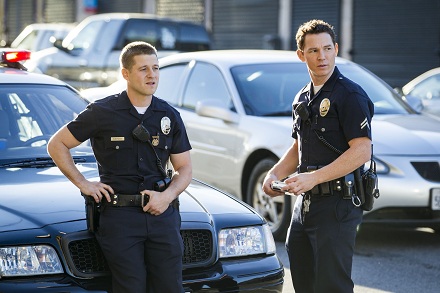
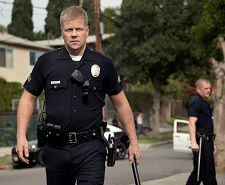 Ben McKenzie left far behind his days on The O.C. On Southland, he played Ben Sherman who started the series as an idealistic rich boy wanting to make a difference. His descent into becoming a corrupt cop was disheartening to watch, yet felt realistic and added to the show’s tension.
Ben McKenzie left far behind his days on The O.C. On Southland, he played Ben Sherman who started the series as an idealistic rich boy wanting to make a difference. His descent into becoming a corrupt cop was disheartening to watch, yet felt realistic and added to the show’s tension. 
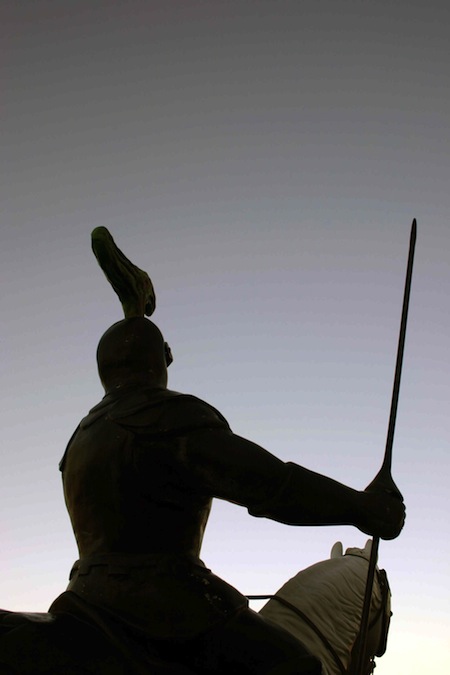 He respected the genre, which is to say he respected us.
He respected the genre, which is to say he respected us.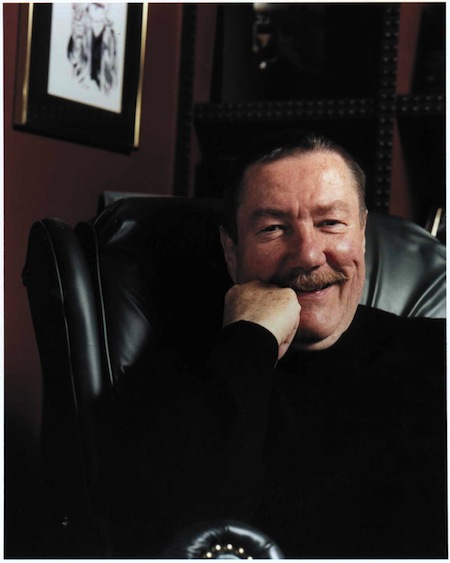 Now I asked myself: Was this innovation, like Crumley’s and Burke’s, a case of “respecting the genre”? Isn’t trying to add something distinctive and unique to the genre a case of respecting it? Why work so hard to add something new to a form of artistic expression you don’t respect? Then again, playing devil’s advocate, I wondered whether Parker’s innovation wasn’t instead just a backhanded attempt to “transcend the genre,” that odious phrase that gets tossed around whenever literary authors go slumming in crime fiction.
Now I asked myself: Was this innovation, like Crumley’s and Burke’s, a case of “respecting the genre”? Isn’t trying to add something distinctive and unique to the genre a case of respecting it? Why work so hard to add something new to a form of artistic expression you don’t respect? Then again, playing devil’s advocate, I wondered whether Parker’s innovation wasn’t instead just a backhanded attempt to “transcend the genre,” that odious phrase that gets tossed around whenever literary authors go slumming in crime fiction.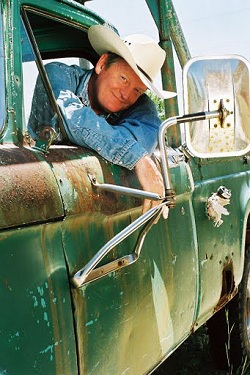
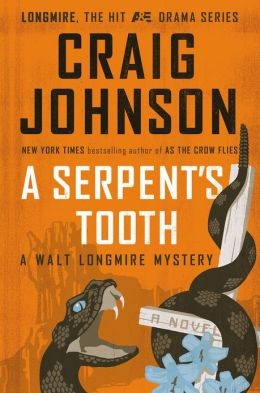
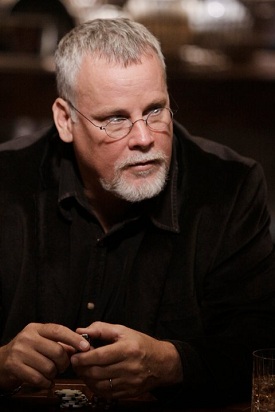
 Until he revealed his true identity in 2011, K.C. Constantine was something of an enigma to the publishing world. But whether under his own name—Carl Kosak—or a pseudonym, the Mario Balzic mysteries have won a legion of fans.
Until he revealed his true identity in 2011, K.C. Constantine was something of an enigma to the publishing world. But whether under his own name—Carl Kosak—or a pseudonym, the Mario Balzic mysteries have won a legion of fans. The characters, even the minor ones, are skillfully written. Vinnie the bartender is so well drawn he's spooky, and Muscotti’s, the bar where he works and Balzic drinks, may be the best written joint in the history of detective fiction. Mo Valcanas, the lawyer who defends many of the people caught in Constantine’s contradictions, drinks too much, lusts too much, and complains too much, though his reasons make perfect sense. The list goes on—Iron City Steve, the itinerant alcoholic who serves as a Greek chorus; Father Marrazo, the poker-playing priest; Sal Bruno, who runs a local funeral home; Mrs. Comito and Mrs. Viola, the neighbor ladies who watch Carlucci’s mother during the day.
The characters, even the minor ones, are skillfully written. Vinnie the bartender is so well drawn he's spooky, and Muscotti’s, the bar where he works and Balzic drinks, may be the best written joint in the history of detective fiction. Mo Valcanas, the lawyer who defends many of the people caught in Constantine’s contradictions, drinks too much, lusts too much, and complains too much, though his reasons make perfect sense. The list goes on—Iron City Steve, the itinerant alcoholic who serves as a Greek chorus; Father Marrazo, the poker-playing priest; Sal Bruno, who runs a local funeral home; Mrs. Comito and Mrs. Viola, the neighbor ladies who watch Carlucci’s mother during the day. Sunshine Enemies (1990)
Sunshine Enemies (1990)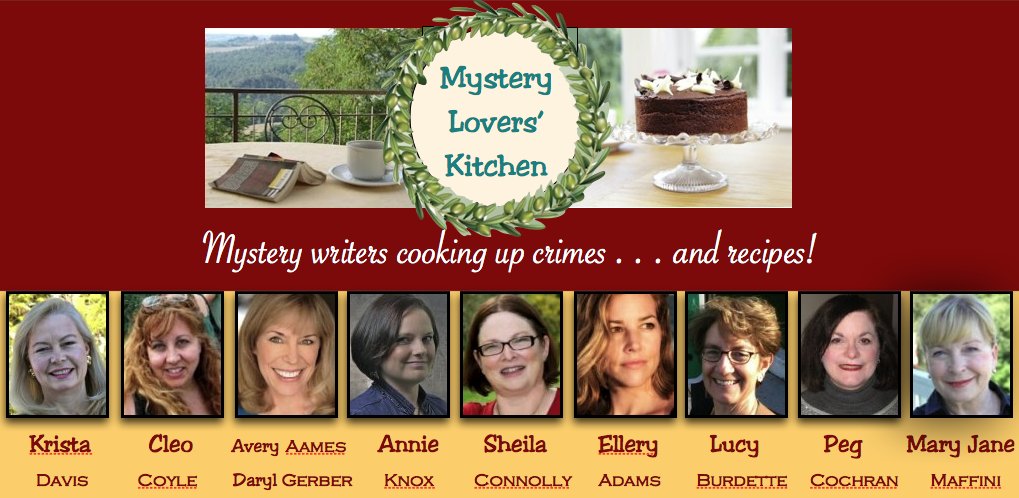
 INGREDIENTS
INGREDIENTS  INGREDIENTS
INGREDIENTS  DIRECTIONS
DIRECTIONS  Who says you can't have your ice-cream donut sandwich and eat it too?
Who says you can't have your ice-cream donut sandwich and eat it too? A slap in the face to notions of what film noir is supposed to be.
A slap in the face to notions of what film noir is supposed to be. But the film not only subverts the inherent romance of much PI fiction; it's also pretty much a slap in the face to the notions of what film noir is supposed to be. Gone are the crowded and claustrophobic play of light and shadows so beloved of classic film noir; instead much of Hickey and Boggs is played out in light-bleached emptiness: deserted stadiums and parking lots, desolate beaches, and the wide-open (and eerily deserted) city streets of Los Angeles.
But the film not only subverts the inherent romance of much PI fiction; it's also pretty much a slap in the face to the notions of what film noir is supposed to be. Gone are the crowded and claustrophobic play of light and shadows so beloved of classic film noir; instead much of Hickey and Boggs is played out in light-bleached emptiness: deserted stadiums and parking lots, desolate beaches, and the wide-open (and eerily deserted) city streets of Los Angeles. The crime field’s past is rich with memorable works both long and short; I’m always surprised that some mystery readers have no interest in it.
The crime field’s past is rich with memorable works both long and short; I’m always surprised that some mystery readers have no interest in it.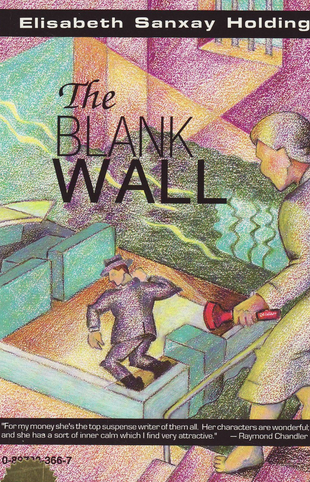 Elizabeth Sanxay Holding is in my top ten list of all-time finest crime writers. Raymond Chandler called her the best suspense writer of his generation. That wasn’t hyperbole. She began by writing romances but when she needed better money she started writing mysteries unlike any that had come before. Her novels are miasmas of darkness and dread. Dorothy B. Hughes certainly learned from her and her influence can be found today in both suspense and horror. She was able to mix tart social commentary (she was not exactly a fan of the wealthy) with anxiety-attack twists and turns from start to finish. Stark House Press has brought back several of her novels.
Elizabeth Sanxay Holding is in my top ten list of all-time finest crime writers. Raymond Chandler called her the best suspense writer of his generation. That wasn’t hyperbole. She began by writing romances but when she needed better money she started writing mysteries unlike any that had come before. Her novels are miasmas of darkness and dread. Dorothy B. Hughes certainly learned from her and her influence can be found today in both suspense and horror. She was able to mix tart social commentary (she was not exactly a fan of the wealthy) with anxiety-attack twists and turns from start to finish. Stark House Press has brought back several of her novels. 
